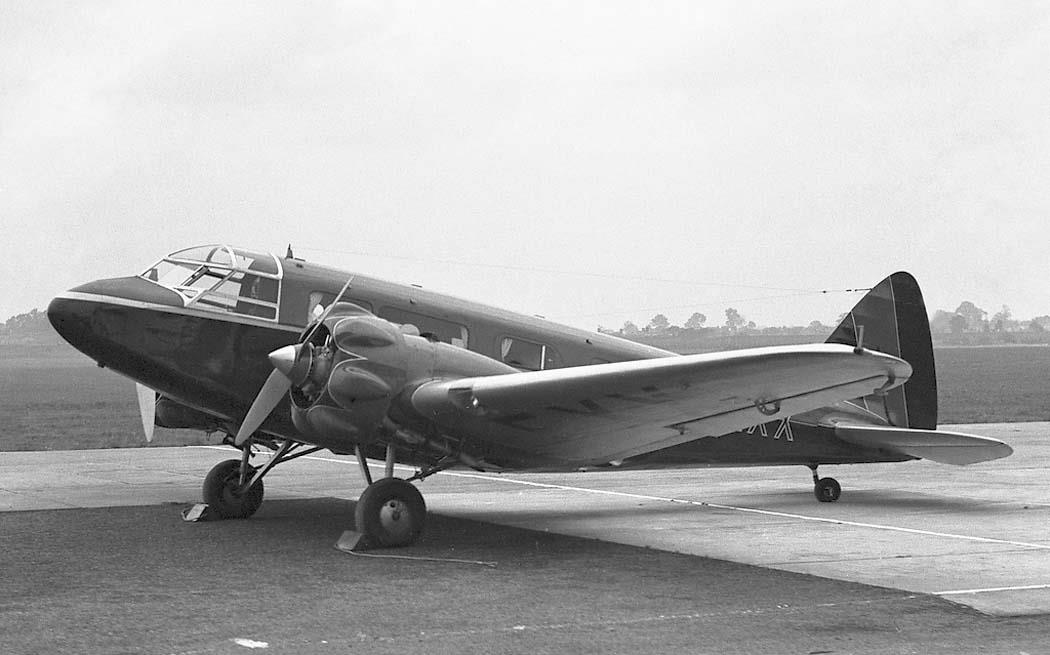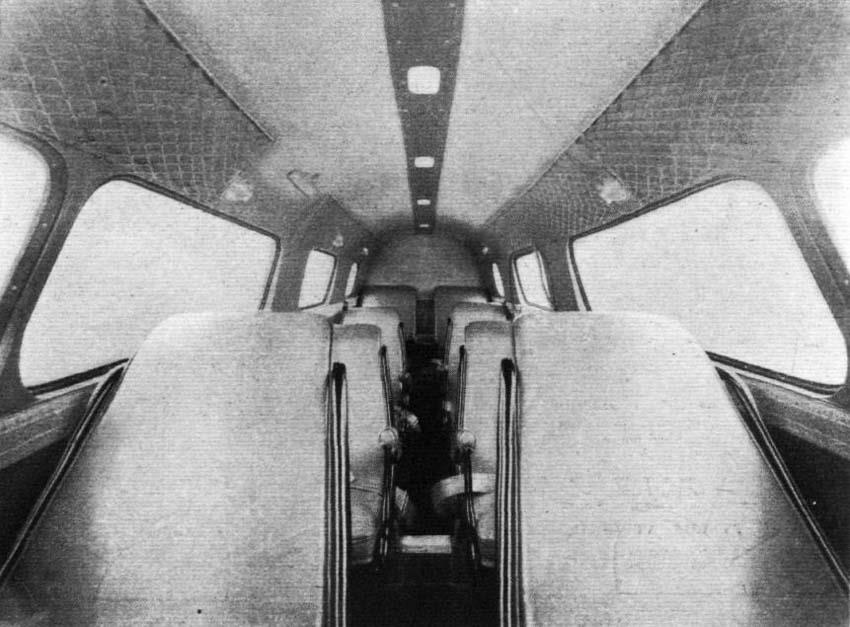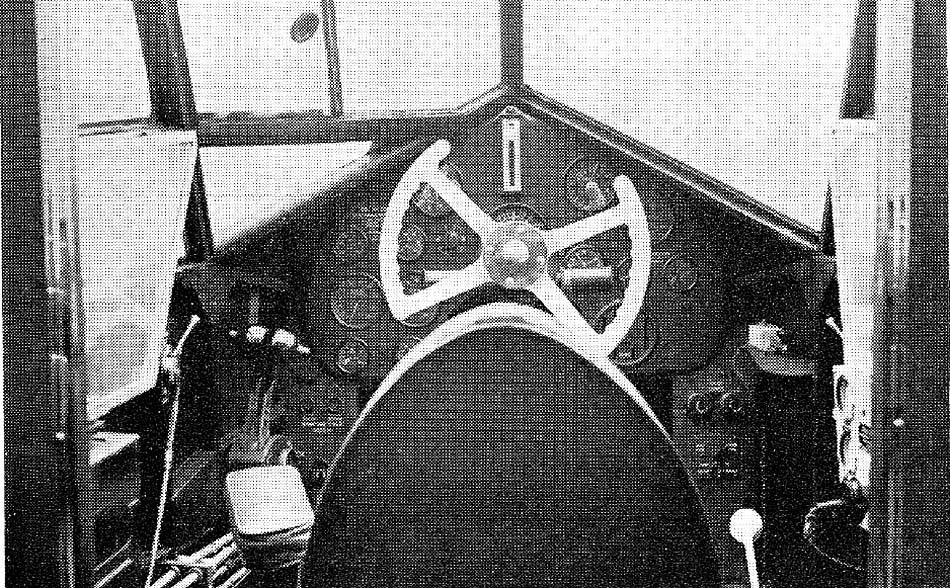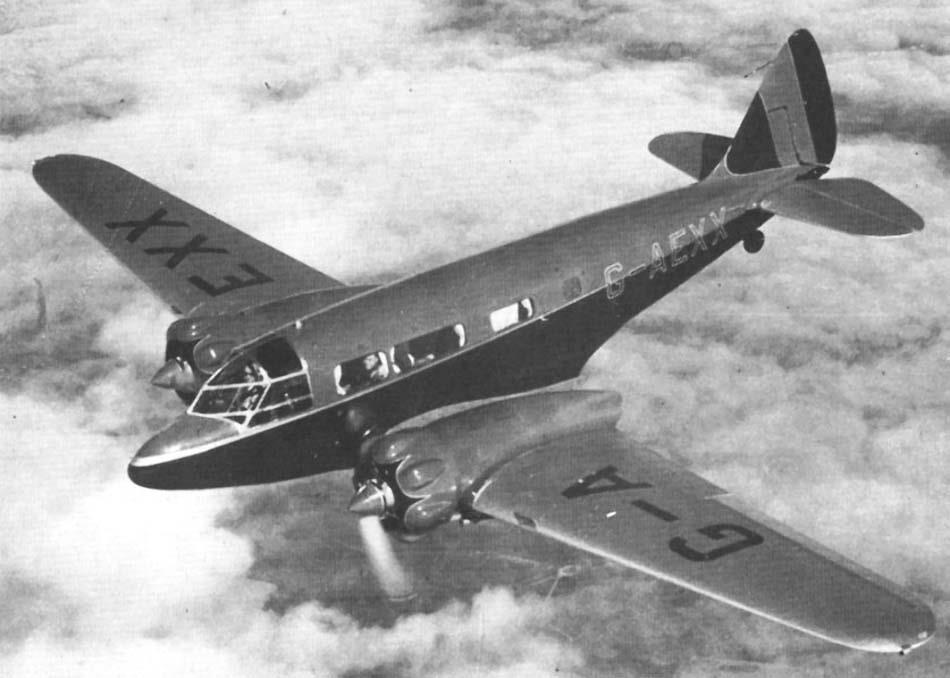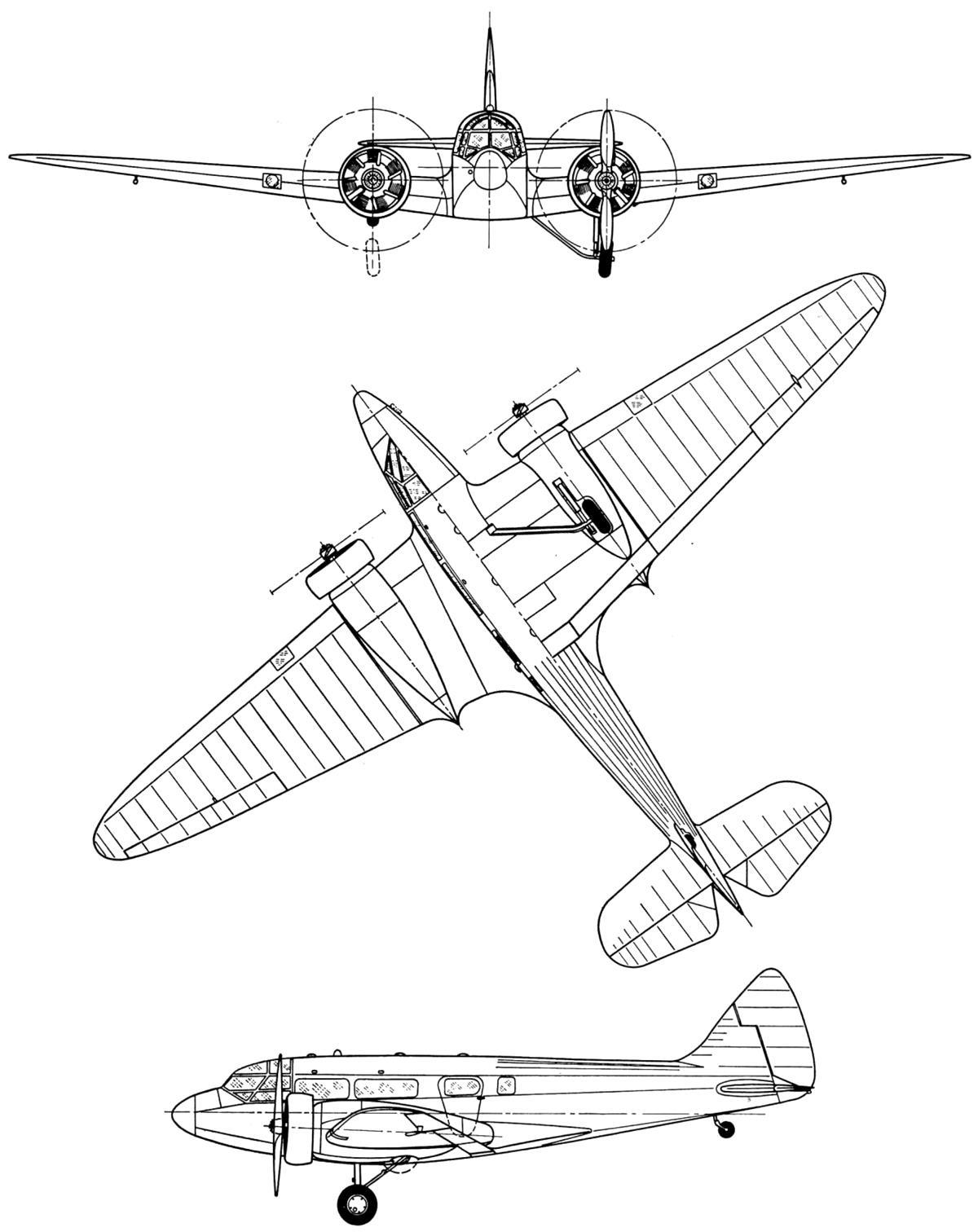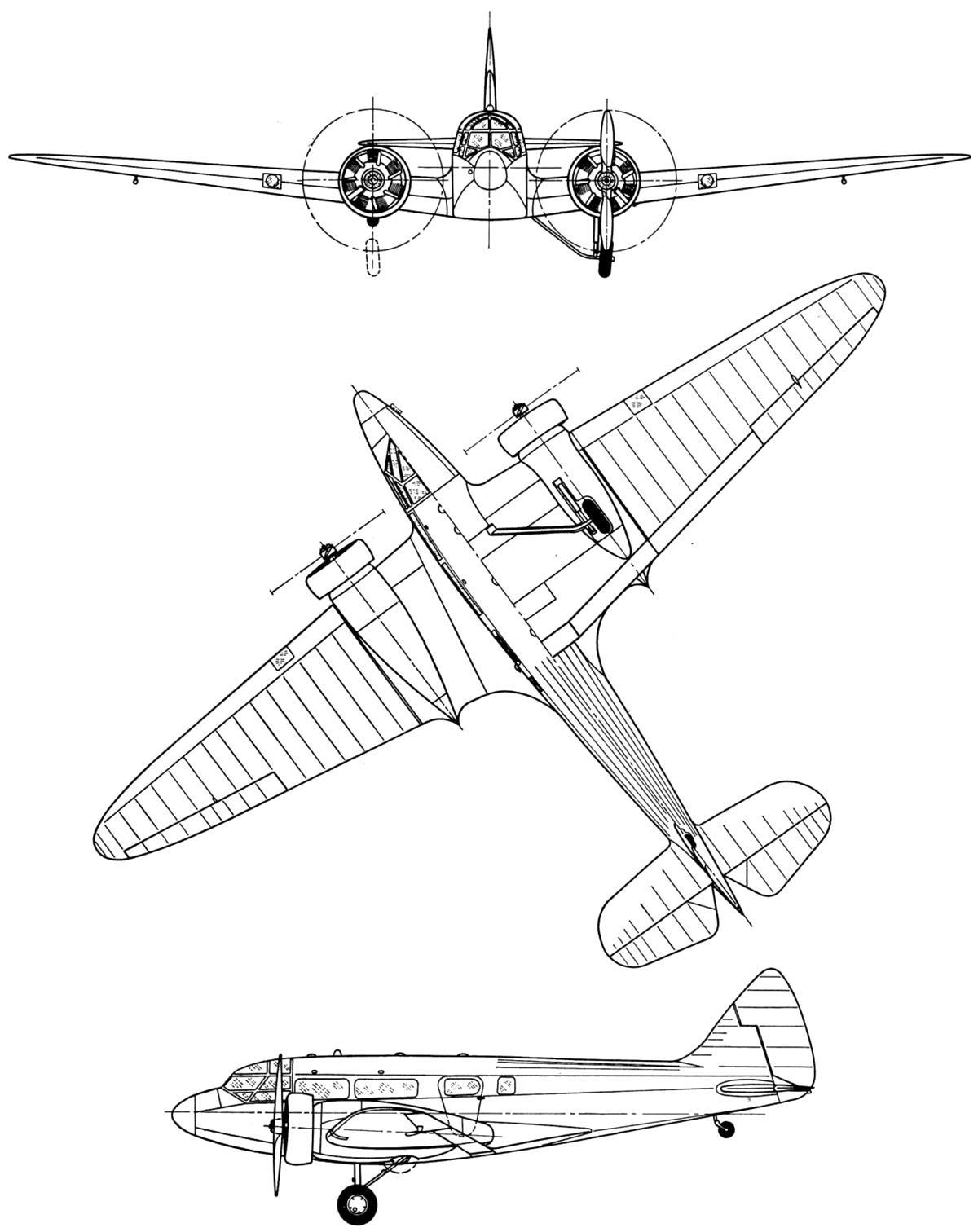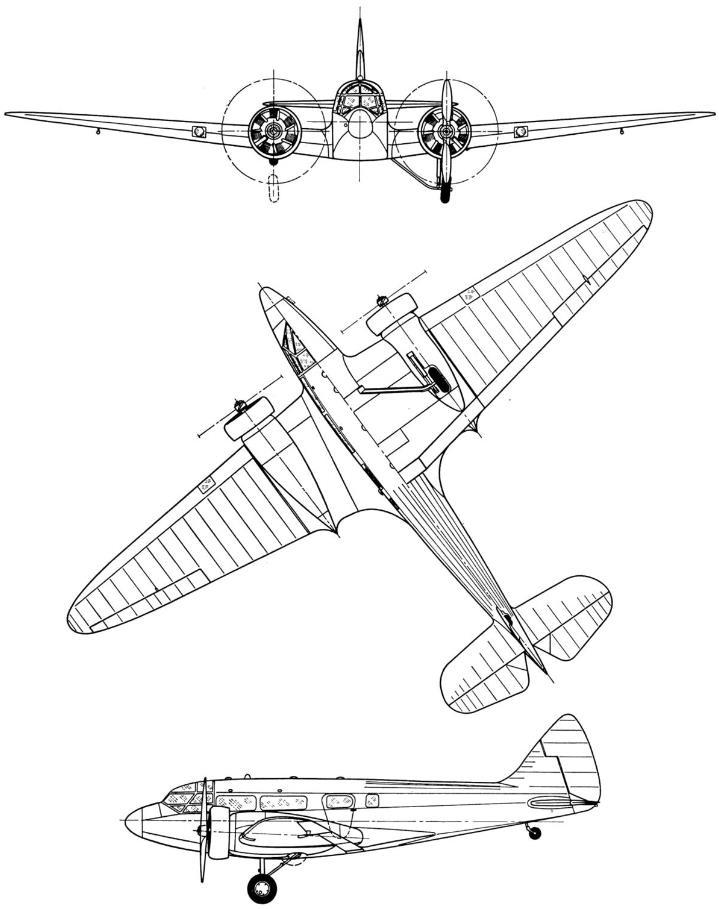| Type |
2 + up to 5 passengers |
| Engine |
2 Walter Castor II |
| Dimensions |
Length 10,53 m, height 2,90 m , span 15,94 m , wing area 31,50 m2 , |
| Weights |
Empty 1800 kg, loaded 2860 kg , max. take off weight |
| Performance |
Max.. speed 334 km/h , cruising speed 298 km/h , range 1000 km, endurance , service ceiling 5500 m , climb250 m/min. |
| Type |
Werk.Nr |
Registration |
History |
| As.6E Series I |
47 |
OK-BAL, CM+SA, EV-1 |
|
| As.6E Series I |
48 |
OK-BAM, DM+SA, |
|
| As.6E Series II |
53 |
OK-BAN |
|
| As.6E Series II |
54 |
OK-BAO |
|
| As.6E Series III |
58 |
OK-VIT |
Initially, the aircraft with production number 58 was handed over to the customer in the fall of 1936 and received civil registration OK-VIT on November 15th. The owner of the aircraft was the mining company Vitkovicke. Three years later, when the Czechoslovak state collapsed, the AS.6E was captured by the Germans and used by the Luftwaffe for several months in support roles. Apparently, military pilots were disappointed in this machine, since on August 8, 1939, the AS.6E was transferred to the Slovak Air Force, where it received a new registration code OK-POD. Slovak insignia was also applied to the plane. |
| As.6J Series III |
55 |
G-AEGF, PH-ARK |
Captured 1940 ? |
| As.6J Series III |
56 |
G-AEGG, PH-ARL |
British Scandinavian Airways Ltd/Gravesend 01.05.36. Sold 1.37 to Netherland, Reinders /'s-Gravenhage, to M. Holzmann, Londen 06.08. |
|
|
NC+CQ |
Fluglehrerschule der Luftwaffe Brandeburg-Brest |
|
|
NJ+CQ |
Fluglehrerschule der Luftwaffe Brandeburg-Brest. Could be NC+CQ |
The Envoy was designed by A. H. (Hessell) Tiltman as a twin-engined development of his earlier Courier. It used the same wooden construction, outer wing panels and innovative retracting main undercarriage.
The Envoy was a twin-engined low-wing cabin monoplane of all-wood construction apart from fabric covered control surfaces. It had a rearward retracting main undercarriage with a fixed tailwheel. The aircraft was built in three series, the Series I was the initial production variant which did not have trailing-edge flaps, seventeen built. Thirteen Series II variants were built with split flaps and the Series III (19-built) was similar but had detailed improvements. Each series of the Envoy was sold with a choice of engines including the Wolseley Aries, Armstrong Siddeley Cheetah V or Armstrong Siddeley Lynx IVC radial engines. These different engines were housed under a variety of cowlings, mostly short chord Townend rings but also wider chord cowlings with and without blisters for cylinder heads.
The prototype, G-ACMT, first flew on 26 June 1934 and in July 1934 appeared in public for the first time at an exhibition by the Society of British Aircraft Constructors (SBAC) at Hendon. Small-scale production then began at the Portsmouth factory.
The first production Envoy I, G-ACVH, flew in October 1934 and was used as a company demonstrator. The second, also a Series I but fitted with Wolseley Aries III radial engines,[1] was delivered to Lord Nuffield. This aircraft was due to fly in the MacRobertson Air Race from England to Australia in 1934 but the aircraft was damaged and withdrawn from the race. Another aircraft, a specially modified version with long-range tanks (the AS 8 Viceroy) got as far as Athens before leaving the race due to damage.[One Envoy took part in the Schlesinger Race to Johannesburg, but crashed, killing two of a crew.
Orders soon came from the whole Commonwealth. Two aircraft went to the Ansett Airlines in Australia. North Eastern Airways and Olley Air Service in the UK also used the AS.6. In Czechoslovakia, the CSA ordered four AS.6 Envoy JC in 1937.
The Airspeed AS.6 Envoy also entered the Air Forces of different countries. The British Royal Air Force used a few AS.6 in a military configuration. The aircraft was used in the Air Forces of Spain, Japan, South Africa, Finland and China and some others. Seven machines were ordered for joint use by the South African Air Force and South African Airways, with three being delivered in military form and four delivered to South African Airways, where they were used on the air route between Johannesburg - Bloemfontein - Port Elizabeth on 12 October 1936. Each of these seven aircraft could be transformed by a work crew of four within four hours from the transport version into a light bomber or reconnaissance aircraft. In this configuration the crew consisted of four; pilot, navigator, radio operator and gunner.
Two Envoy-Is were delivered to Japan in 1935, one for evaluation by the Japan Air Transport Co. (NKYKK - Nihon Koku Yuso KK) and one for the Imperial Japanese Navy Air Service as the Airspeed LXM. With the acquisition of a licence, production started at the Nagoya Mitsubishi factory of the Mitsubishi Hinazuru-type Passenger Transport, initially powered by Gasuden Jimpu engines, but later using licence built Armstrong Siddeley Lynx or Wolseley Aries Mk.III engines. Mitsubishi built aircraft also had landing flaps which were not fitted to Airspeed built Envoys. Flight testing of the Jimpu powered aircraft resulted in a crash, killing the flight test observer, (the first fatality during flight testing of Mitsubishi aircraft), blamed on the engines producing excessive drag, resulting in the switch to licence-built British engines. Eleven aircraft were built at Nagoya before production ceased, all of which flew domestic services for NKYKK (later to become Greater Japan Airways).
During the Spanish Civil War, ten AS.6 Envoys were obtained by the Spanish Republicans, with the Nationalist side using two, including one that defected from the Republicans,[6] as transport, reconnaissance aircraft or light bombers. One of the Nationalist Envoys crashed in June 1937, killing General Emilio Mola.
During the Second World War, the German Luftwaffe captured some machines and used them as trainer aircraft. The Luftwaffe gave one aircraft to Finland on 22 January 1942, as reparation for the accidental shooting down of a Finnish de Havilland Dragon Rapide. This aircraft was used between 1942 and 1943. Likewise, one aircraft was used between 1941 to 1943 by the Slovaks.
